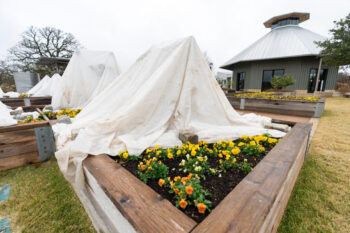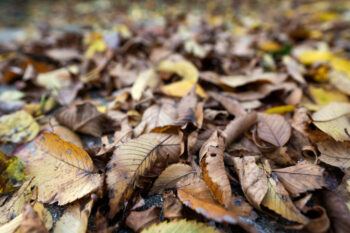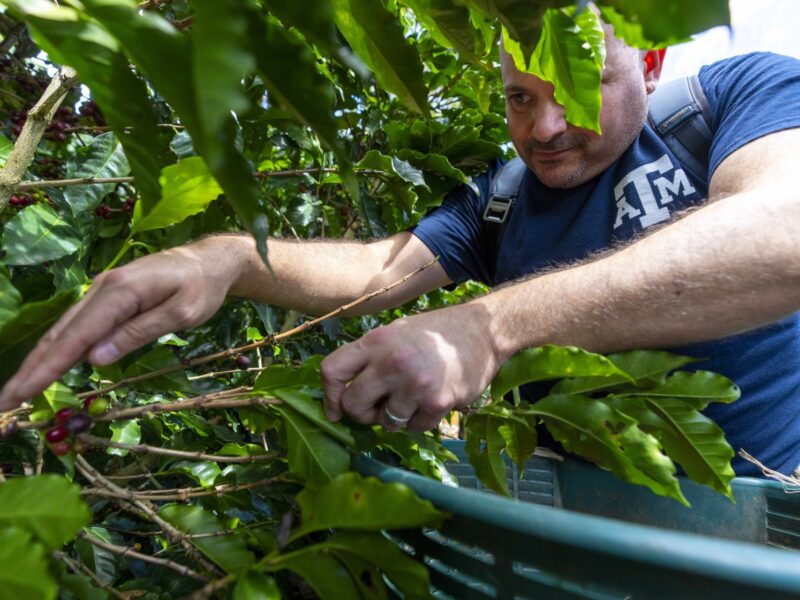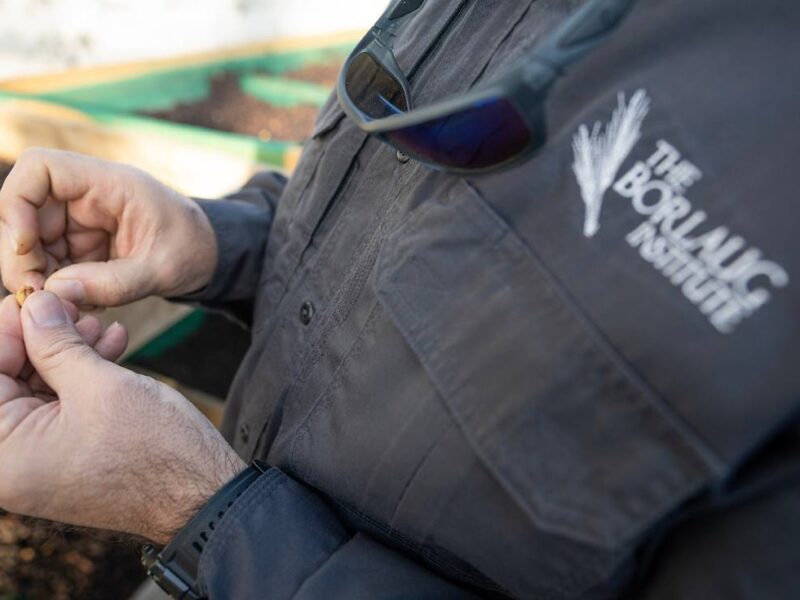Create A Cold Protection Plan For Your Garden

As the temperatures begin to head downward, Texas gardeners need to start planning and preparing their gardens for seasonal changes.
“Wetter and cooler weather is predicted as we move into the November gardening season,” said Dr. Larry Stein, Texas A&M AgriLife Extension Service horticulture specialist, Uvalde, and professor in the Texas A&M College of Agriculture and Life Sciences Department of Horticultural Sciences. “Now is the time gardeners need to be thinking about their cold protection plan.”
A protection plan helps gardeners prepare their plants and yards to survive colder weather, whatever month that may arrive in your part of Texas.
Easing into a cold season is usually easier for plants when the temperatures steadily drop, but with the erratic weather Texas can have, it can be more of a rollercoaster of temperatures. It pays to be aware of how hardy plants are and if they are suitable for your region before you plant them.
Even well-established plants that have done fine in the past may be under additional stress due to dryer and hotter conditions earlier in the year or if they’ve been subjected to the stress of insects or disease.
Enacting Your Protection Plan
A plan for protecting plants from the cold should include mulch, mound trunks and plant covers as appropriate. The ground offers natural insulation, and mulch serves as an extra layer of insulation.
Fallen leaves from trees can be mulched up — your lawnmower can do the work — and then used to protect those same trees or other plants in your yard. Leaves can also go into your compost pile. Keep in mind that some insects overwinter in leaf litter.
Plants in pots outside can be clustered and covered together as needed. Some container plants may also need to come inside.

When the water in the cells of plants freezes, ice crystals form and damage cells. Frost also impacts plants, but it is usually the top or outermost part of the plant that will take the biggest hit — unlike a freeze, which can kill the entire plant.
“Now is also the time people should begin to monitor their lawn for late-season fungus issues, which could be exacerbated by receiving too much water or rain,” Stein said.
Beyond Plants, Protect Equipment
A protection plan for your garden tools and lawn equipment is also important.
Drain gasoline from power tools and run the engine until fuel in the carburetor is used up unless you have made the switch to ethanol-free gas. Even with ethanol-free gas, running the gas out of the carburetor is a good idea.
Drain and store garden hoses and watering equipment in a readily accessible location. The lawn and plants may need water during a prolonged dry spell, so they shouldn’t be inaccessible.
Continue Being Water-Wise
Even just half-inch-plus rains can benefit landscape plants, especially in the areas of the yard and garden you have been able to continue to water. Despite recent rains, some of Texas remains under water restrictions, and streams continue to dwindle.
“Unfortunately, such spotty and scattered rains do not end the water challenges, and we will need to continue to provide as much help as we can to those plants most valuable in our landscape,” Stein said.
He said as we head into the cooler months, it is preferable if leaf drop is normal, as opposed to being caused by drought. Plants that lose their leaves to drought are losing access to nutrients they need too early. Once plants go fully dormant, they can go about six weeks before they need water.
This article by Susan Himes originally appeared on AgriLife Today.





